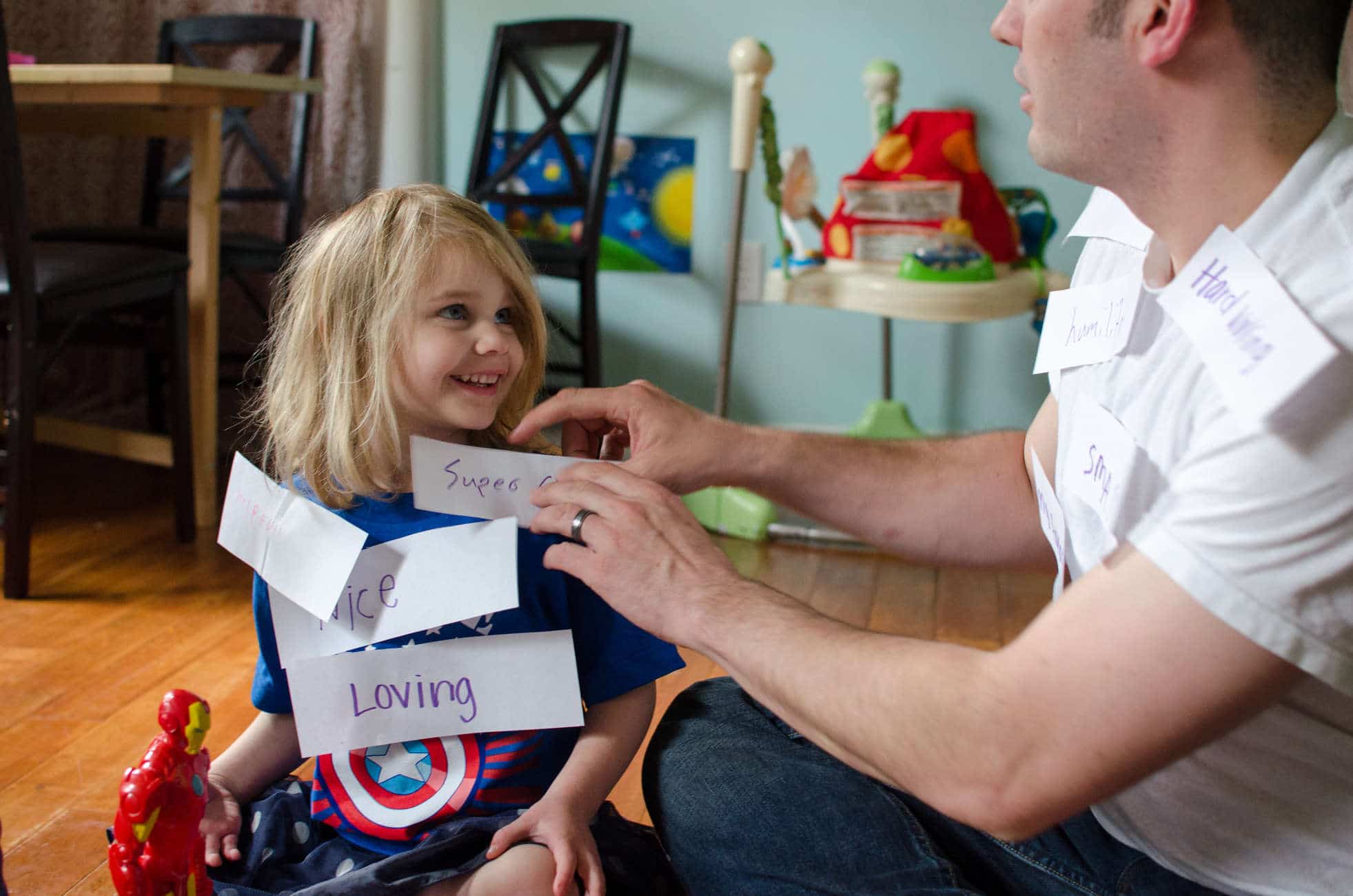How to start homeschooling in the middle of the school year
Are you considering pulling your child out of public school to begin homeschooling in the middle of the school year?
Making the decision to switch gears and begin homeschooling—or to switch curriculum—partway through the school year takes courage and faith. Whatever you were doing before wasn’t working, and whatever you are beginning hasn’t had time to feel routine yet.
My own family started homeschooling a couple months into the school year with my oldest child. Jumping in was overwhelming at first, but as soon as I realized that I didn’t need to try to recreate school-at-home for my kids, and choose to cut myself some slack (after all, I am my own worst critic) things became easier. We really found our groove a couple years in when I gave Oak Meadow a try. This curriculum is flexible, fun, and doesn’t overwhelm me (even at the middle school level). Check out this advice from them, and let me know what you think or if you have questions. After all, homeschooling is easier when you have friends to lean on. -Heather
Here are ten suggestions to help you start homeschooling in the middle of the school year:
1. Different philosophy; different approach. Students who have been in school have likely become accustomed to an institutional approach where work is prescribed to the class as a whole and the teacher’s attention is divided among many students. Shifting to a creative thinking approach can be challenging for a student who just spent last semester trying very hard to figure out how to succeed in an institutional setting.
In contrast, Oak Meadow’s approach is flexible and creative, and homeschooling can often allow for one-on-one support between parent and child. Switching gears to this degree is quite an adjustment and might bring stress or frustration. Be understanding and acknowledge those differences as needed.
2. Commit to riding out the transition. There is a progression in learning as your child adjusts, but it may take a few weeks or more to be able to look back and clearly see the progression. Don’t expect to see results right away. Trust the process and really commit fully to seeing it through for six weeks or so before you assess whether it is working for your child. Learning really does take place, even if it might not feel that way in the moment, and a few weeks’ perspective can make all the difference in understanding.
3. Go easy on yourself and your child. You’ve just left behind an educational environment or other style of learning that wasn’t working for some reason, and now you’ve switched to an entirely different approach. During this adjustment phase, don’t get too caught up in whether every single item was done properly in each lesson. What’s the main concept or what are the key skills being addressed? What is most important for your child to grasp before moving on to the next lesson? Make that your focus, and give everyone points for effort as you navigate this new way of learning. Students beginning mid-year may need to go back to previous lessons if they aren’t understanding something in the current lesson.
4. Consider downshifting or deschooling. Your child might need to ease into the new model slowly, and some children, particularly those who experienced trauma in their previous school experience, will benefit from a period of “deschooling.” This can be like an extended vacation from school, with plenty of nourishing rest, time to daydream, healthy activities of the child’s choosing, and supported emotional processing. It can be very helpful for some students to have a buffer like this between leaving their old school and beginning homeschooling. Often they will let you know when they are ready to jump back in again.
5. Keep good boundaries with those in your life who resist the idea of homeschooling. Even well-meaning loved ones can undermine confidence by demanding evidence or reassurance that your new educational plan is “working.” It is fine to say things are going well without elaborating. Let your child know that you will be keeping his or her educational details private. This allows your child to relax and focus on learning without worrying about what the relatives or neighbors might be thinking.
6. Structure and support are key. Set up a solid daily and weekly routine as a starting point. You may need to adjust it many times, but begin with a strong plan. It is easy to get sidetracked, so do your best to stick to the plan. Set aside focused time each day for academic work. Find a good place to work with your child where you can both be comfortable. If you are feeling overwhelmed, consider consulting with one of Oak Meadow’s experienced teachers, enrolling in our distance-learning program, using a tutor, or asking an experienced friend for help.
7. Be resourceful and independent. Reach out to others. Make friends with your local librarian; it’s a great way to find out what resources are available and connect with other homeschooling families or groups in the area. Explore online resources. Oak Meadow’s social media offerings are a good place to start. Our Pinterest boards offer many inspiring hands-on ideas, and Facebook is a great place to connect with other homeschooling parents and find validation for this journey. There are many online groups for homeschooling parents. Seek support from like-minded people wherever you find it.
8. Go outside! Oak Meadow’s organic approach to learning encourages families to learn out in the world. This means spending plenty of time outside in nature and interacting with others in your local neighborhood or community. Fresh air and the soothing sights and sounds of nature are a good antidote for stress of any kind, including the positive stress of the important transition from school to homeschool. Schools tend to be very social places, and you will want to be mindful of how your child’s needs for social interaction are met while homeschooling. You might find this benefits you as well as your child.
9. Be patient. It takes time to settle in. It will be a little while before you get your bearings and find a good rhythm for your homeschooling days and weeks. Don’t panic! It’s okay if things aren’t perfect. There is a lot to be learned from trial and error. Have fun with the process!
10. Trust yourself. Remember that you are the expert on your own child. The decision to begin homeschooling was made in response to something your child or family needed enough to warrant such a significant change. Why did you choose homeschooling? Remind yourself of these reasons often. Continue to nurture your connection with your child, especially during this vulnerable time when he or she is weathering such a big transition. And remember to take good care of yourself as you adapt to your role as home teacher.













